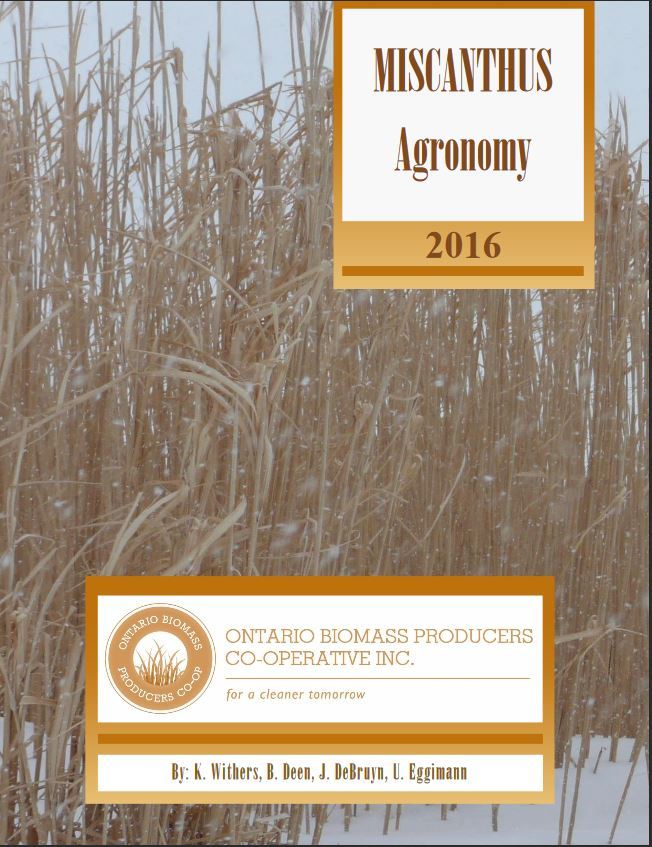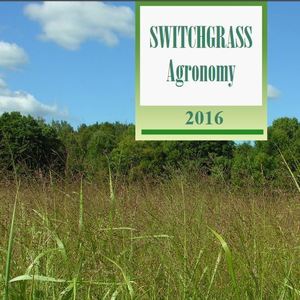Ontario cooperative releases biomass agronomy guides, videos







Photo: Ontario Biomass Producers Cooperative Inc.
December 28, 2016
BY Katie Fletcher
Advertisement
Advertisement
Related Stories
USTC on Oct. 9 announced it has completed the acquisition of all remaining shares in CM Biomass, becoming the sole owner of the biomass company. CM Biomass trades approximately 3.7 million tons of woo pellets and ag residues annually.
Editor's note from Biomass Magazine, Issue 4.
CHAR Technologies Ltd. has announced its Thorold Renewable Energy Facility project remains on track to complete construction of its commercial biocarbon production line by year-end, with RNG production expected in 2026.
Drax and NGIS launch new partnership to map carbon stocks of Drax’s North American biomass sourcing areas
Drax, the renewable energy business, is partnering with NGIS, a global leader in geospatial technology, to model and monitor the carbon stocks of the U.S. and Canadian forests that Drax sources its sustainable biomass from.
Waga Energy, the Waste Commission of Scott County, and Linwood Mining and Minerals have announced the successful start-up of a renewable natural gas (RNG) facility at the Scott Area Landfill in Davenport, Iowa.





